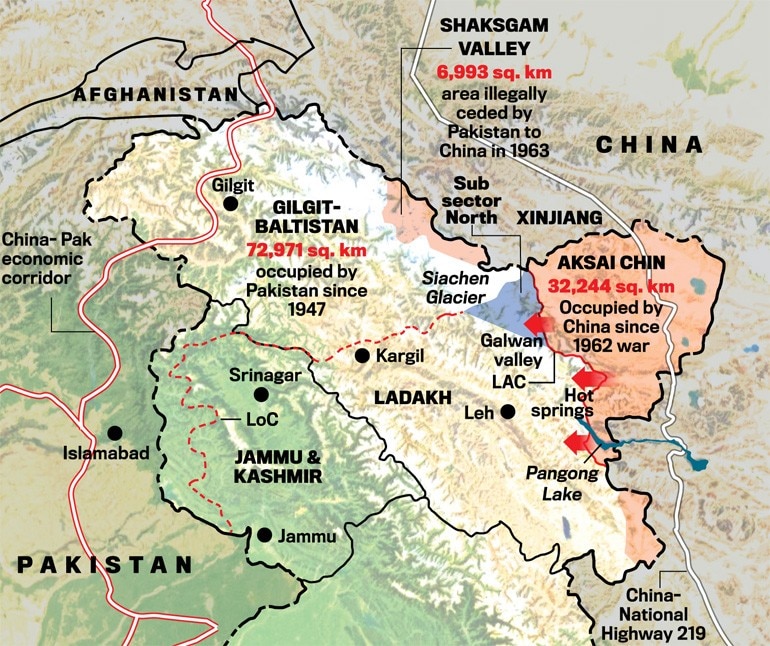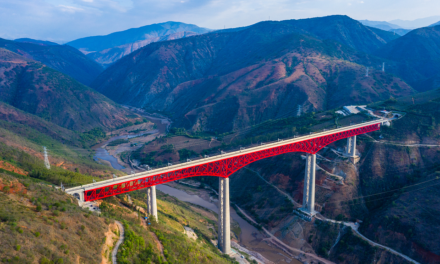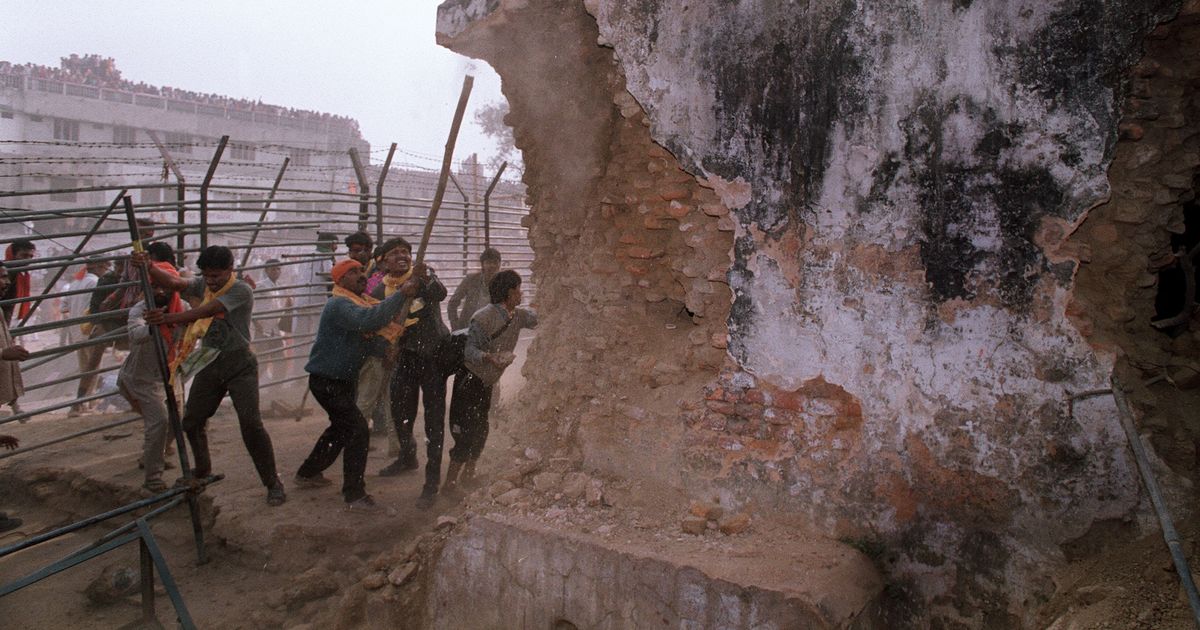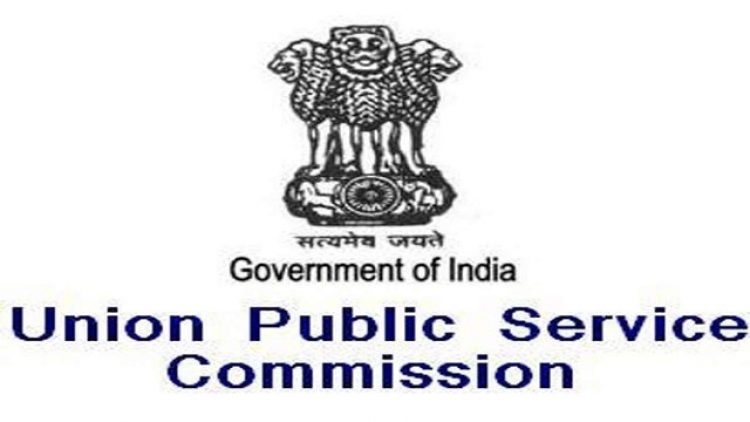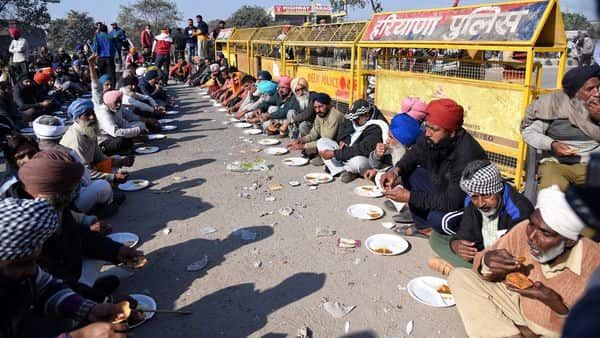In a statement, Col Anand said the Indian Army thwarted the Chinese intentions to “unilaterally” change facts on ground and undertook measures to strengthen Indian positions in the area.
“On the night of 29/30 August 2020, PLA troops violated the previous consensus arrived at during military and diplomatic engagements during the ongoing standoff in Eastern Ladakh and carried out provocative military movements to change the status quo,” he added.
“Indian troops pre-empted this PLA activity on the Southern Bank of Pangong Tso Lake, undertook measures to strengthen our positions and thwart Chinese intentions to unilaterally change facts on ground,” the Army spokesperson said.
A Brigade Commander-level meeting was underway at Chushul to resolve the issues, he said.
The spokesperson further said the Indian Army is committed to maintaining peace and tranquility through dialogue, but is also equally determined to protect India’s territorial integrity.
Government sources said the top strategic and military brass including Defence Minister Rajnath Singh, External Affairs Minister S Jaishankar, National Security Advisor Ajit Doval, Chief of Defence Staff Gen Bipin Rawat and the three service chiefs were briefed about the Chinese attempt in detail.
China’s Foreign Ministry spokesperson Zhao Lijian claimed its border troops always strictly abide by the Line of Actual Control(LAC) and never cross the line.
Chinese border troops always strictly abide by the Line of Actual Control (LAC).
They never cross the line. Border troops on the two sides have been in close communication regarding the issues on the ground, the spokesperson said at a media briefing in Beijing in response to a question by a Japanese journalist about the fresh incident at Pangong Tso lake.
Aked if there was any meeting underway to resolve the issue, he said: What I said is that the two sides through diplomatic and military channels maintain close communication.
As to specific meetings and talks, if there is anything we will release it in a timely manner.”
In Delhi, people familiar with the developments said India has taken the Chinese attempt “seriously” and the Army has further increased its deployment of troops and weaponry in and around southern and northern banks of the Pangong Tso lake following the Chinese attempt.
They said the attempt reinforced the assessment by the Army that China has not been serious in disengaging its troops from the friction points as it was still trying to change the status of the LAC in the new area.
India and China have held several rounds of military and diplomatic talks in the last two-and-half months but no significant headway has been made for a resolution to the border row in eastern Ladakh.
The two sides began a process of disengagement on July 6, a day after a telephonic conversation between National Security Advisor Ajit Doval and Chinese Foreign Minister Wang Yi on ways to bring down tensions in eastern Ladakh.
However, the process has not moved forward since mid-July.
The PLA has pulled back from Galwan Valley and certain other friction points but the withdrawal of troops has not moved forward in Pangong Tso, Depsang and a couple of other areas.
At the five rounds of Corps commander-level talks, the Indian side has been insisting on complete disengagement of Chinese troops at the earliest, and immediate restoration of status quo ante in all areas of eastern Ladakh prior to April.
The face-off began on May 5 following violent clashes between the two armies in the Pangong lake area.
The incident in Pangong Tso was followed by a similar incident in north Sikkim on May 9. The India-China border dispute covers the 3,488-km-long LAC that stretches from the Ladakh region in the north to Sikkim.
Prior to the clashes, both sides have been asserting that pending the final resolution of the boundary issue, it is necessary to maintain peace and tranquility in the border areas.
Even as both sides were engaged in diplomatic and military talks, the Indian Army stepped up its strength in all key areas along the LAC to deal with any eventualities.
Army Chief Gen MM Naravane has already conveyed to all the senior commanders of the Army, overseeing the operation of the frontline formations along the LAC, to keep up a significantly high state of alertness and maintain the aggressive posturing to deal with any Chinese “misadventure”, sources said.
[splco_spacer]
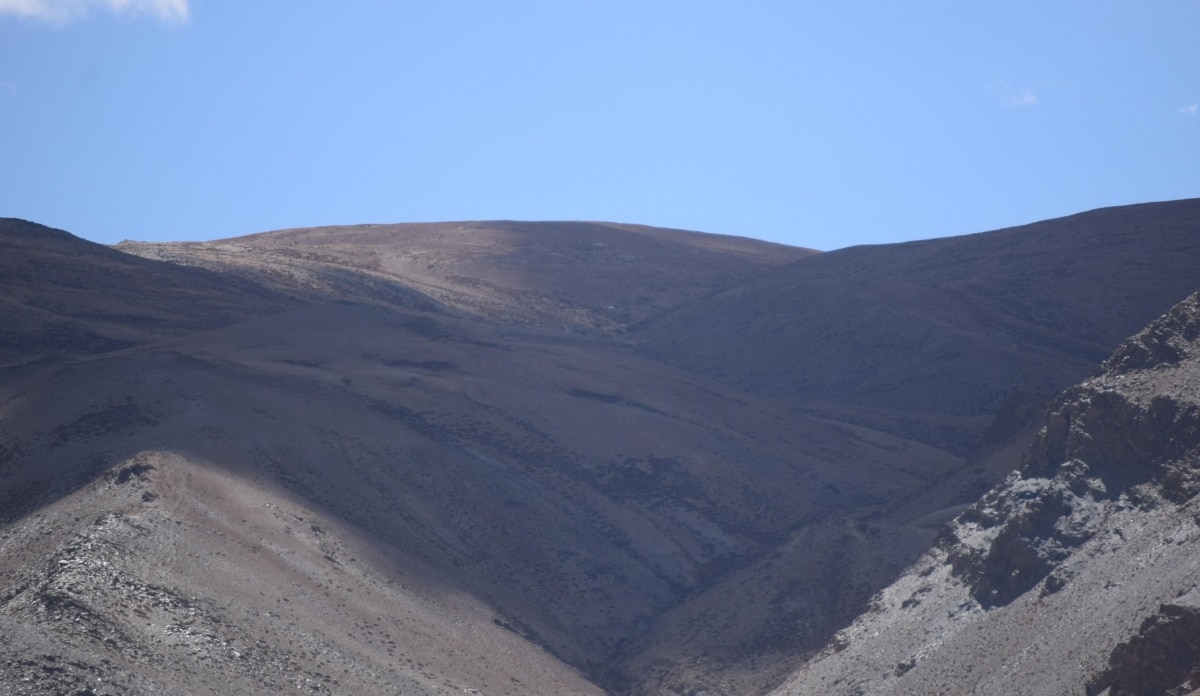
China has been eyeing the Kaala Top area for many years. In fact, from this area, India’s territory can be monitored far and wide. Neither Chinese nor Indian troops are deployed here.
[splco_spacer]
The tension between the two sides escalated manifold after the Galwan Valley clashes.
Following the incident, the government gave the armed forces “full freedom” to give a “befitting” response to any Chinese misadventure along the LAC.
The Army sent thousands of additional troops to forward locations along the border following the deadly clashes.
The IAF has also moved air defence systems as well as a sizable number of its frontline combat jets and attack helicopters to several key air bases. These developments created further tensions amongst the two countries

